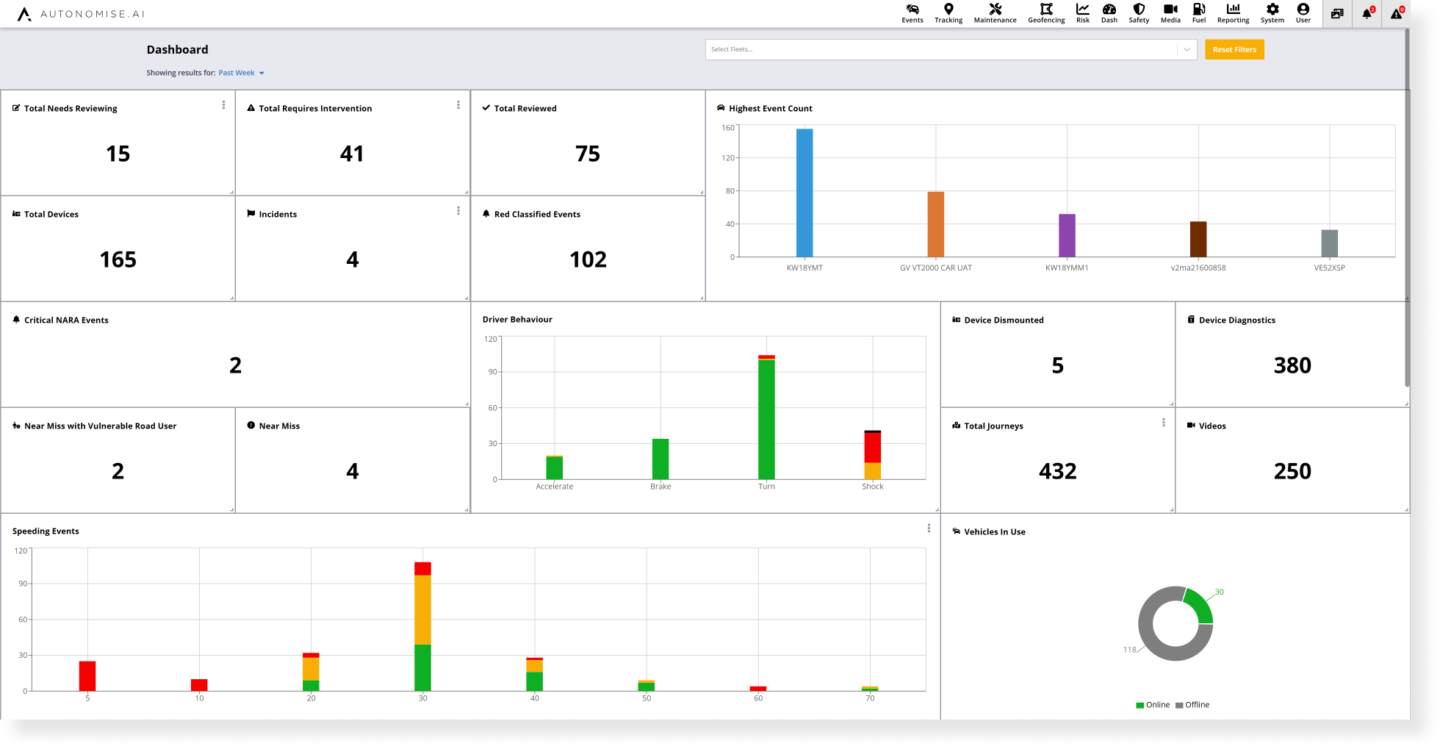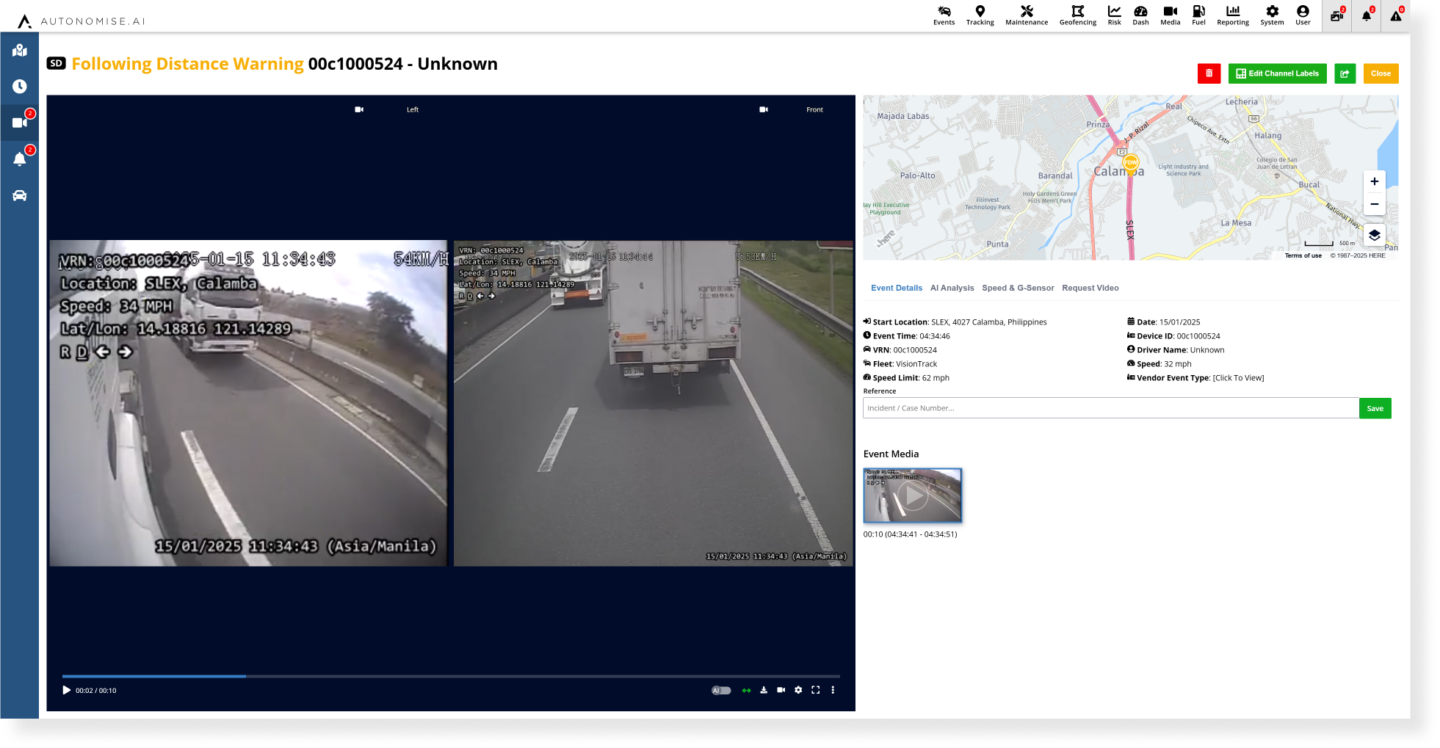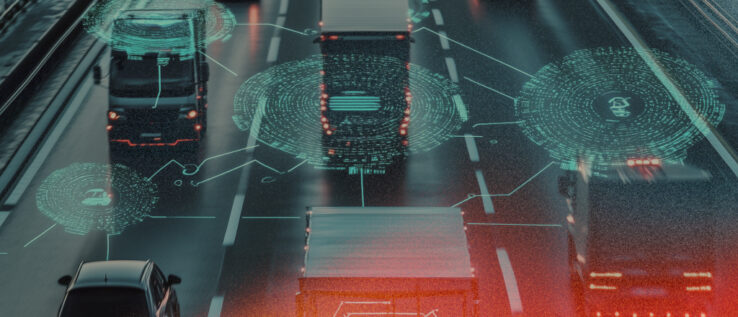The challenge:
a video telematics platform that no longer keeps up with the demand
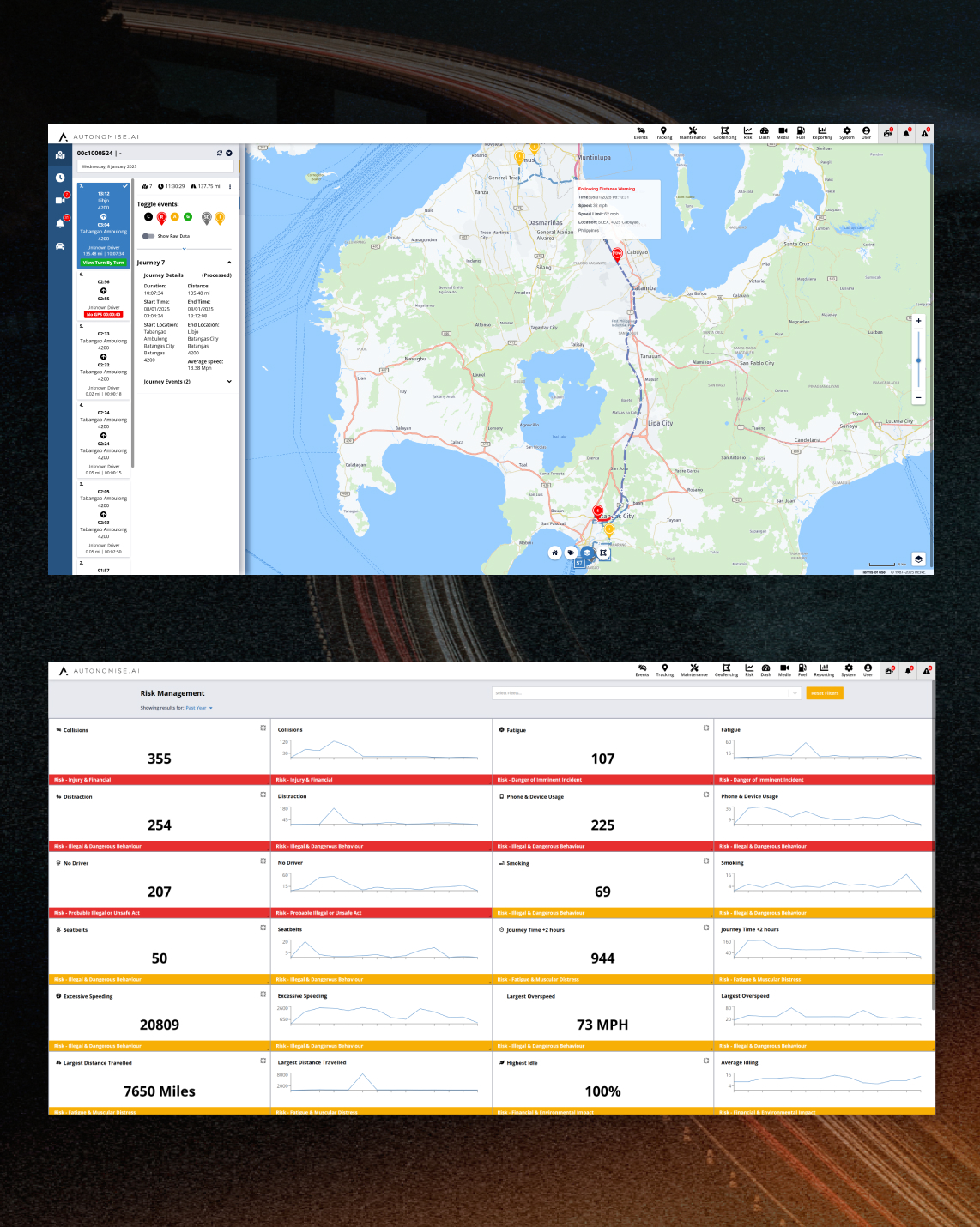
VisionTrack is a leading provider of AI-powered video telematics and connected fleet data. It supports road safety, insurance claims handling, compliance, and operational risk management for fleets across the globe. But as their operations grew, VisionTrack’s software began to show its limits.
Built on a monolithic architecture and tied to a single hardware vendor, the system couldn’t keep pace with increasing data volumes or traffic spikes. Clients experienced performance issues and service disruptions, especially during peak usage hours.
VisionTrack also faced major inflexibility because of vendor lock-in: their platform relied entirely on Streamax hardware and a Windows-only environment. This limited the number of supported devices and quickly exhausted available memory. Onboarding new devices required custom integrations and unstable workarounds, making any changes or maintenance costly and time-consuming.
To address these issues, VisionTrack chose to work with Internetum, a European software partner specialised in custom telematics software and scalable IoT solutions.
Analysing the requirements & potential solutions
Working closely with the VisionTrack team, Internetum reviewed the platform’s infrastructure and prioritised three key areas for improvement:
#1: Scalability
The legacy video telematics platform couldn’t dynamically adjust to fluctuating workloads. Peak traffic often caused slowdowns and service disruptions, making real-time fleet tracking unreliable.
#2: Integration
Hardware integrations were based on fragmented, one-off implementations. Vendor lock-in made it difficult to support new devices and expand services across different telematics hardware ecosystems.
#3: Testing
All real-world testing of GPS and video telemetry devices required physical vehicles, making the QA process slow, costly, and resource-intensive.

Core aspects of the upgraded platform
VisionTrack adopted a new all-inclusive video telematics solution built on the Microsoft Azure ecosystem, designed and delivered by Internetum.
Core aspects of the upgraded platform included:
-
Refactored integration architecture
Device-agnostic data platform
Internetum developed a new, independent integration layer that handles data from any device manufacturer.
The new system now supports devices from Streamax, ATrack, Howen, Aplicom, DTEG, and others, including compatibility with the JT/T protocol for multi-vendor compatibility and wider market support.
Scalable microservices
The original monolith was replaced with a microservices-based architecture. Services now scale independently and communicate through internal APIs, making the platform more efficient and easier to maintain.
-
Scalable infrastructure with Azure Functions
The new video telematics solution uses Azure’s serverless computing for event-driven scalability and automatically adjusts itself to meet the demands of live telemetry data. The result is improved uptime, performance, and cost efficiency, even under peak loads.
-
AI-enabled analytics
The Internetum team has also decided to upgrade VisionTrack’s video telematics platform with multiple AI mechanisms for analysing road events. These tools improve the accuracy of VisionTrack’s existing model and speed up system response times, improving the value delivered to the end user.
-
Advanced testing mechanisms
Hardware emulation
Internetum introduced emulators for GPS signal simulation and virtualised camera output, significantly reducing the need for physical vehicles during development & testing stages.
Video-based testing
Controlled video inputs enabled consistent testing of edge cases like dangerous driving in a safe and repeatable environment.
Device emulation
A custom software emulator for Streamax devices allows playing back recorded routes from test and production environments, which not only makes debugging easier but also helps optimise algorithms for event detection and classification.
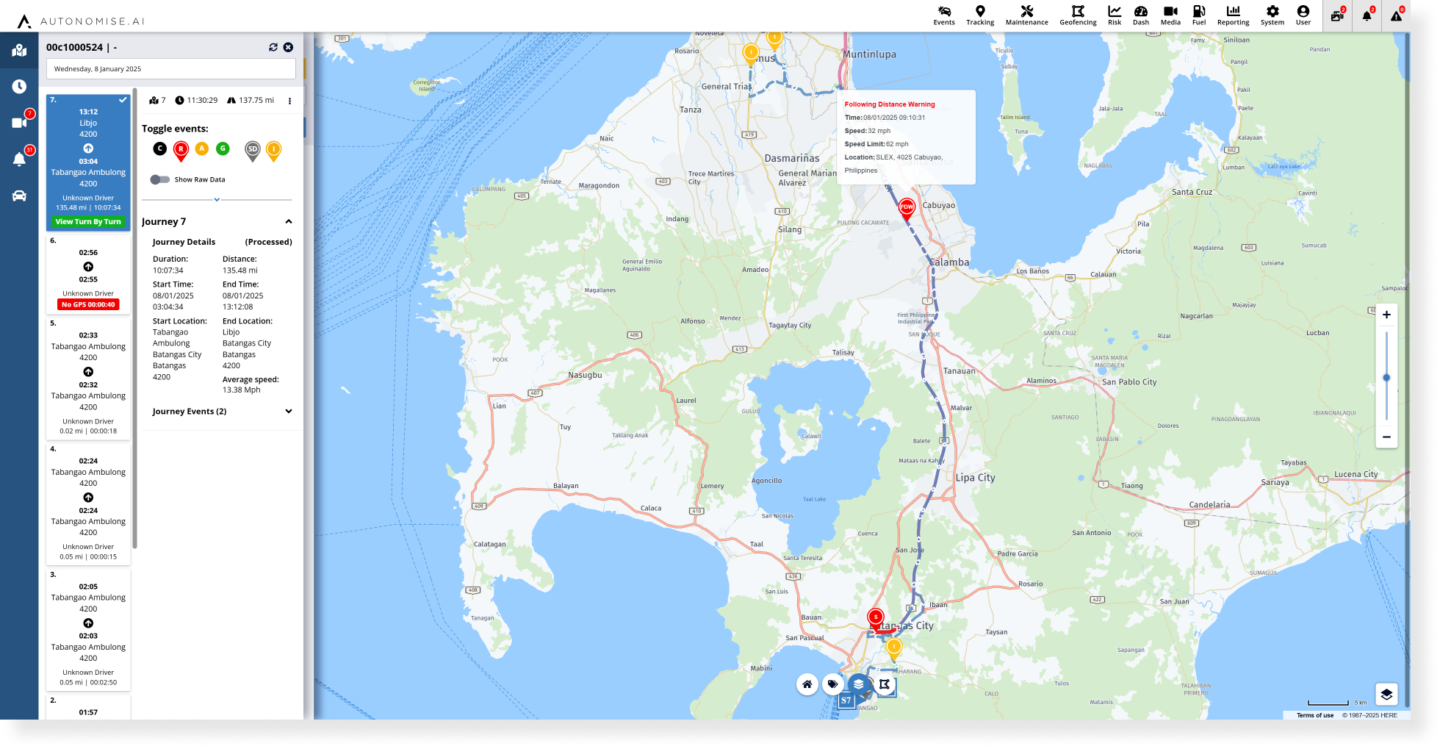
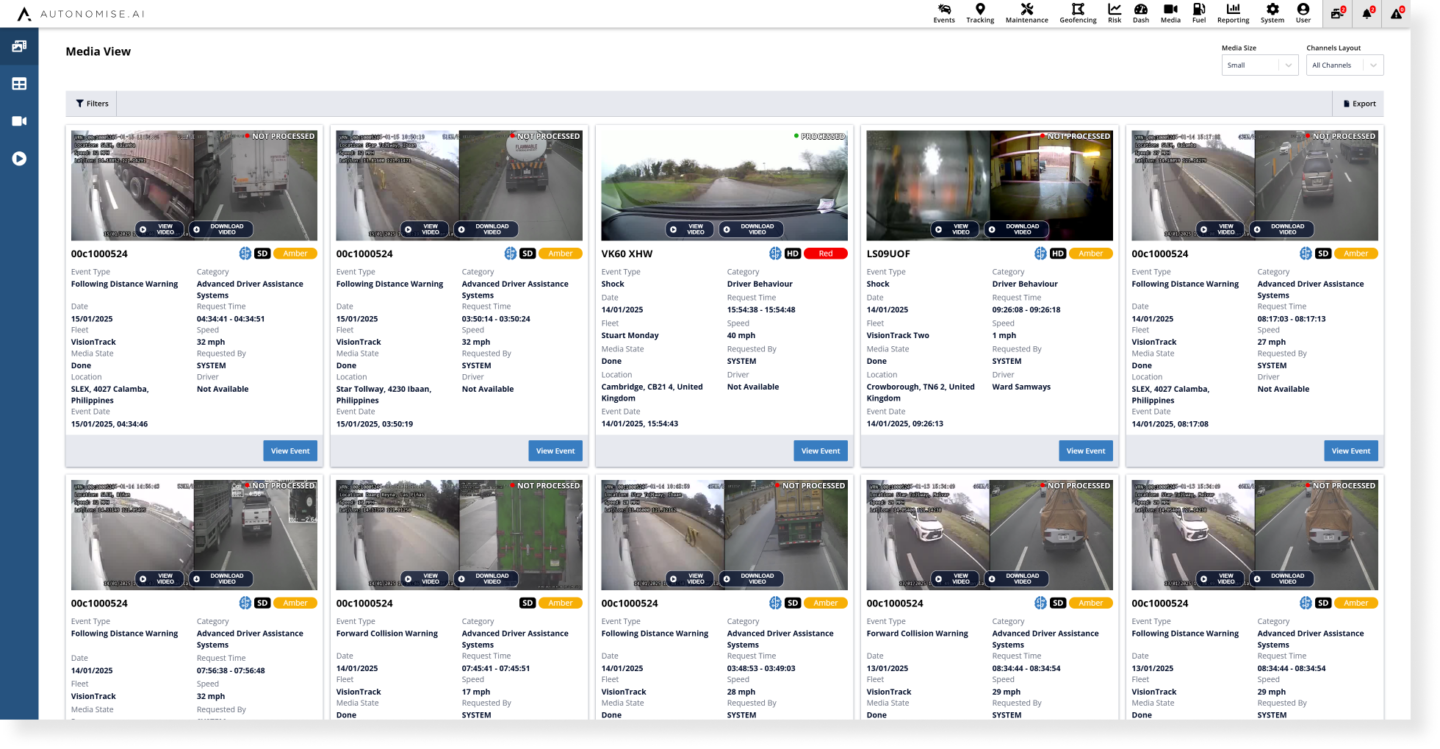
Results: a future-proof video telematics platform
The collaboration between VisionTrack and Internetum delivered measurable improvements across the platform:
A01
Cost reduction
Cloud-native infrastructure and virtualised testing significantly lowered infrastructure and QA expenses by reducing the need for physical resources.
A02
Enhanced scalability
With a microservices architecture and Azure foundation, the platform now scales reliably to support growth in clients, fleets, devices, and features.
A03
Optimised performance
AI-powered analytics and refined system architecture lead to faster data processing and more road event insights.
A04
Improved testing efficiency
Virtualised environments reduce dependency on real-world vehicle testing, speeding up development and increasing safety during QA.
A05
Future-proof architecture
The device-agnostic design ensures VisionTrack can integrate new hardware, expand services, and adapt to future market changes without vendor constraints.
The partnership with Internetum not only addressed immediate technical and operational pain points, but also laid the groundwork for long-term product development and strategic expansion.
Thanks to the platform upgrade, VisionTrack has reinforced its position as a leader in AI-powered video telematics. With a scalable, reliable telemetry platform at the core of its operations, the company is now equipped to handle both its current fleet data needs and long-term growth.
